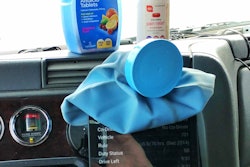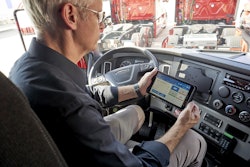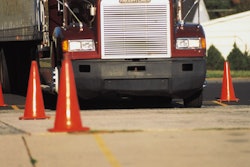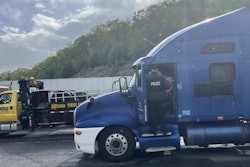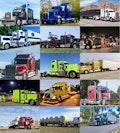Previously in this series: The AOBRD-to-ELD shift: Data/edits and visibility at roadside
As AOBRD operators move to the ELD specification, drivers will find that in a certain sense they command log control (with an electronic assist) analogous to the paper environment.
Office edits to a log, unlike with many AOBRD systems, will “go to the driver for final approval,” says Mark Spicer, vice president of sales for e-log/telematics systems provider Orbcomm.
Some carriers and drivers clearly appreciate the ability with many AOBRDs to bypass any driver-approval step in the log-edit chain. Twenty percent of survey respondents among owner-operators and fleets with authority named this aspect of AOBRDs a key reason they’d not yet made the switch.
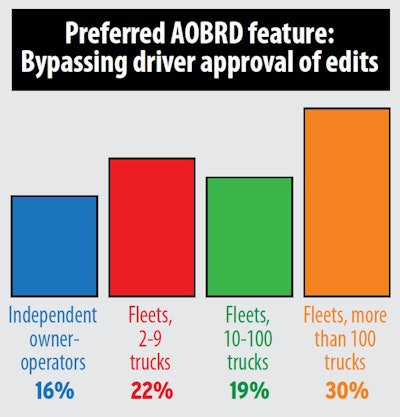 Percentages here indicate the share of each group still using AOBRDs that sees the ability for administrators to edit drivers’ logs without driver approval as an attractive AOBRD feature.
Percentages here indicate the share of each group still using AOBRDs that sees the ability for administrators to edit drivers’ logs without driver approval as an attractive AOBRD feature.“Catching up the log book” becomes a thing of the past for most drivers under the ELD specification. Make a log mistake as an independent owner-operator with authority, and you could find yourself facing the tedium of correcting on one device and then approving on another your own edit, given the reality of dual administrator and driver accounts.
Getting it right the first time is the best way to avoid such annoyance. For company drivers or leased owner-operators, potential conflicts and lost time over edits in consult with management also are best avoided this way.
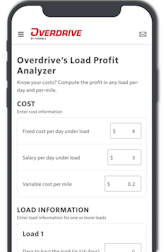
For fleet managers who would use the edit capability to offer a bit of “extra time” beyond the hours limits as a means of pushing drivers, the new driver-approval functions offer drivers an easy way to refuse such dispatch. Or, should a driver accept that “extra time,” it also would come with clear culpability in the subterfuge within the chain of responsibility, should the logs ever be examined.

